Please visit my New York Times Disunion article on men’s underwear in the Civil War, the basics on their form and manufacturing, laundering and lice, and soldiers’ not always orthodox ways of procurement. (article)
At the Gaines Mill Living History weekend in July, I had the good fortune to stumble into a whole set of men’s underwear, top and bottom–and even socks. These are all made of cotton. (Deep gratitude goes to the NPS rangers and the living historians who braved the heat in authentic flesh-frying wool clothes. The interface between the two groups was, for me, a new way of seeing and hearing history.)
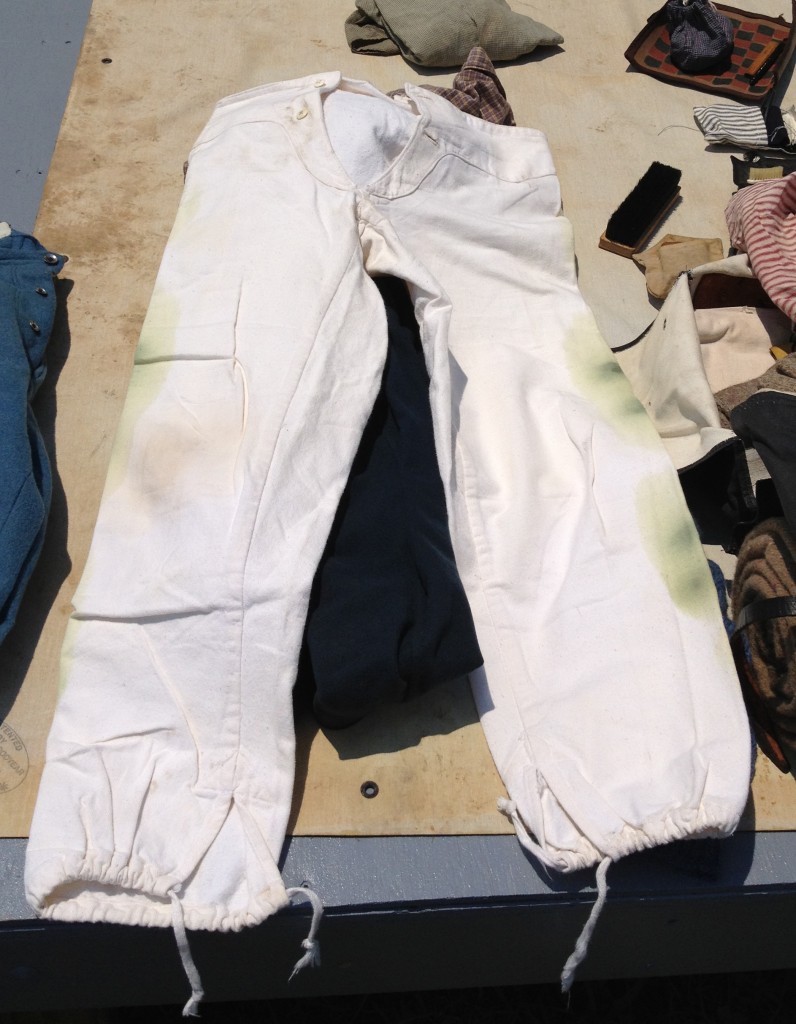
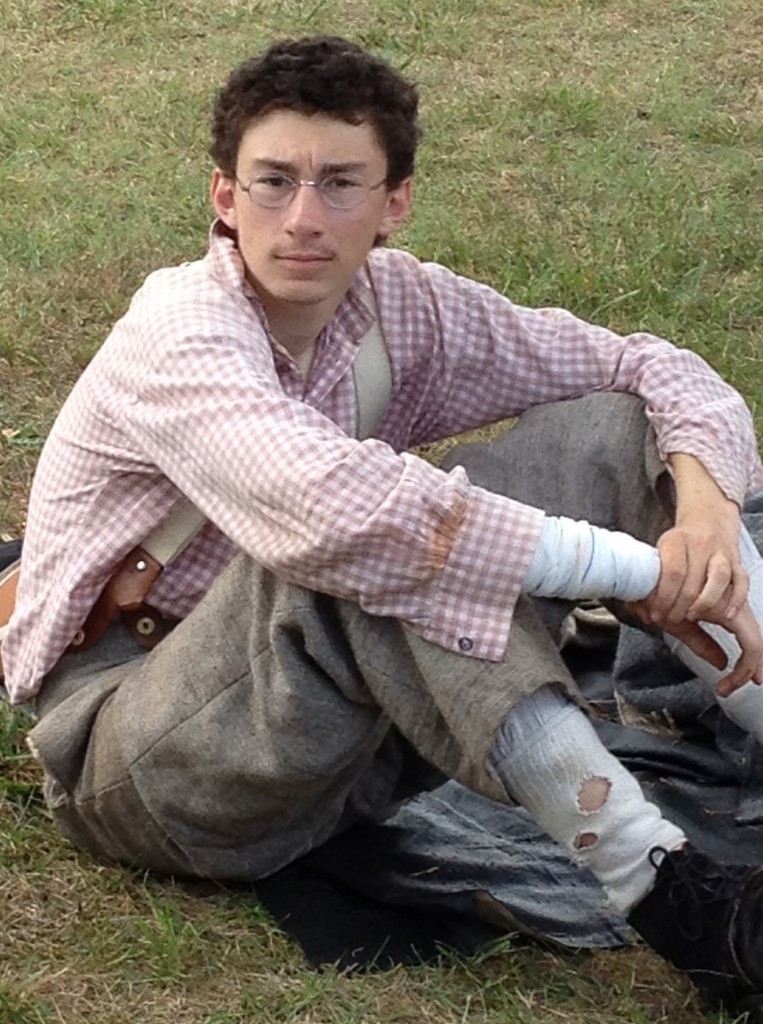
WITH WALT WHITMAN, HIMSELF: IN THE NINETEENTH CENTURY, IN AMERICA | by Jean Huets
“A true Whitmanian feast—for the intellect as well as for the eyes.” — Ed Folsom, editor Walt Whitman Quarterly
Amazon | B&N | bookshop.org (supports indie booksellers)
signed copies, free shipping order from Circling Rivers
“A beautiful book of windows onto the life of Walt Whitman…. From the clear ringing prose to the fascinating photographs and colored illustrations of the great poet’s life we find the man anew—standing in his time and looking straight at us. [Huets] has made a book of marvels and I can’t put it down.” — Steve Scafidi, Poet Laureate, Virginia
Explore the fascinating roots of Whitman’s great work, Leaves of Grass: a family harrowed by alcoholism and mental illness; the bloody Civil War; burgeoning, brawling Manhattan and Brooklyn; literary allies and rivals; and his beloved America, racked by disunion even while racing westward. Over 300 color period images immerse the reader in the life and times of Walt Whitman.
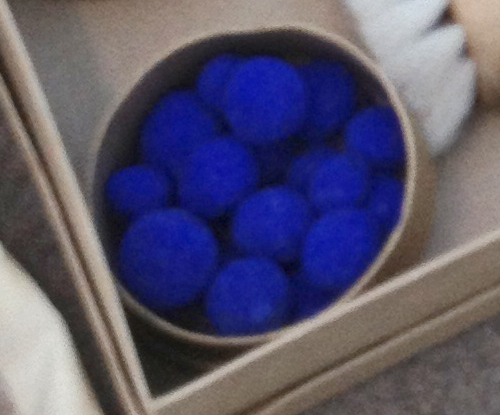
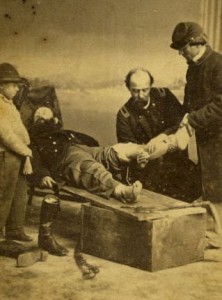
More on Civil War era fashion & life…
60 Civil War-Era Fashion Patterns Assembled from vintage issues of Peterson’s Magazine, a popular nineteenth-century “ladies” periodical that premiered in 1842, here is an authentic gallery of Civil War-era clothing patterns for women, children, and men. amazon
Everyday Life During the Civil War Using dozens of illustrations, timelines and maps, Michael J. Varhola illuminates the details of Northern and Southern economy; town and country living; food and the impact of war on diet; popular entertainment; clothing; military life; tools and weapons; slang and much more. amazon
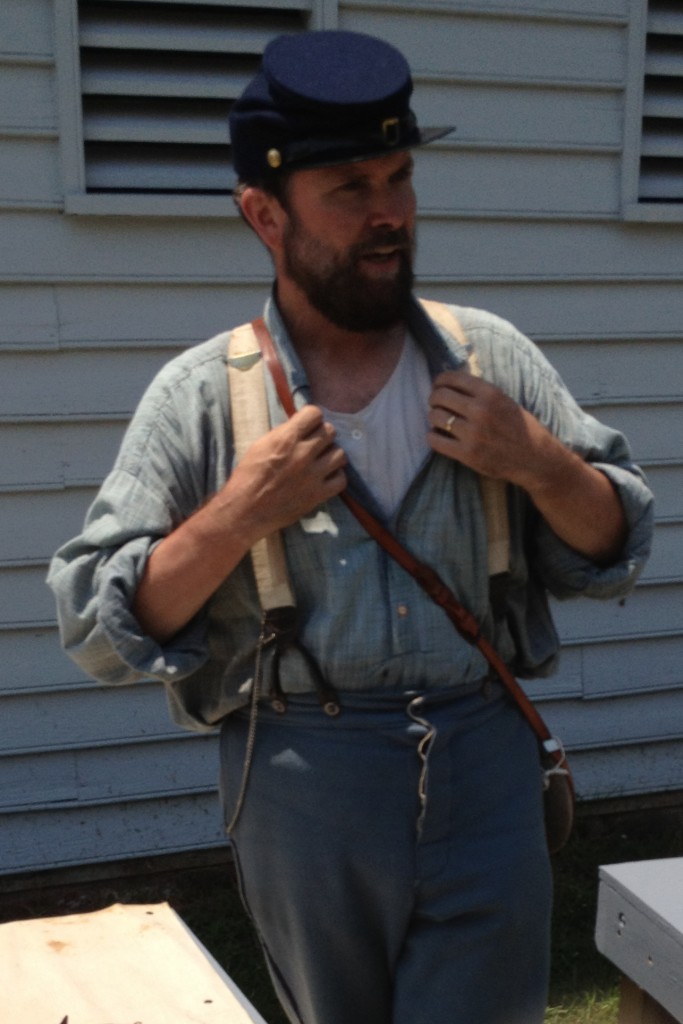
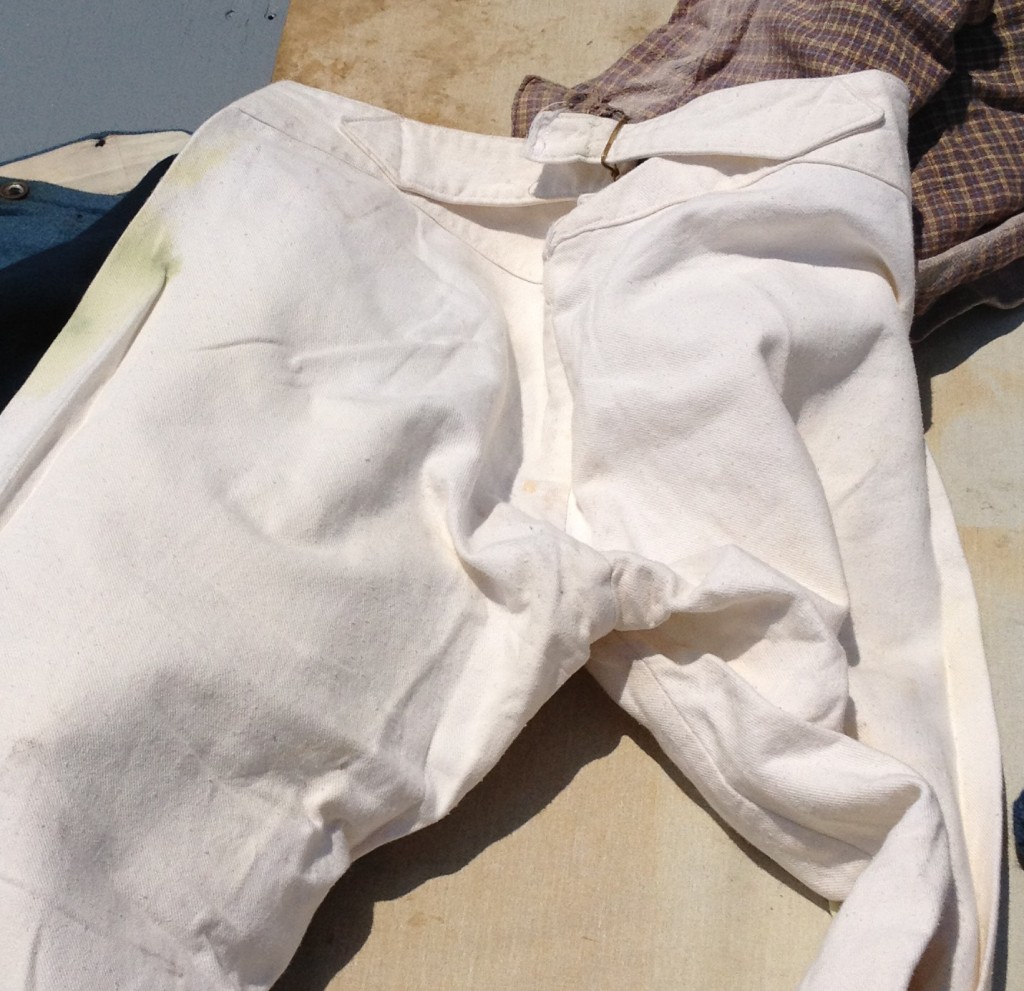
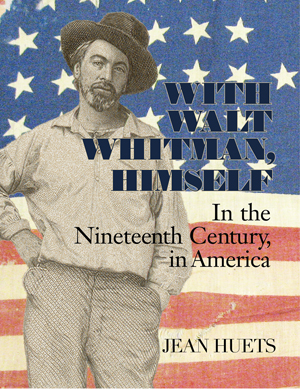
FABULOUS!!